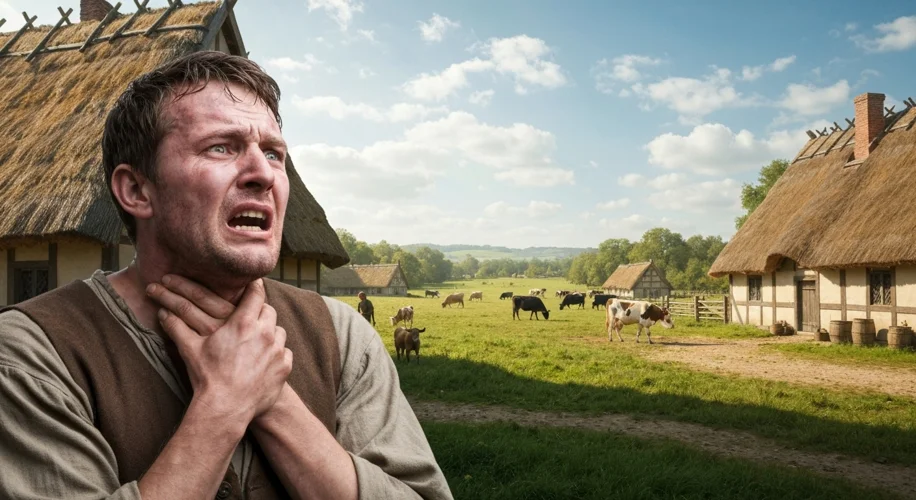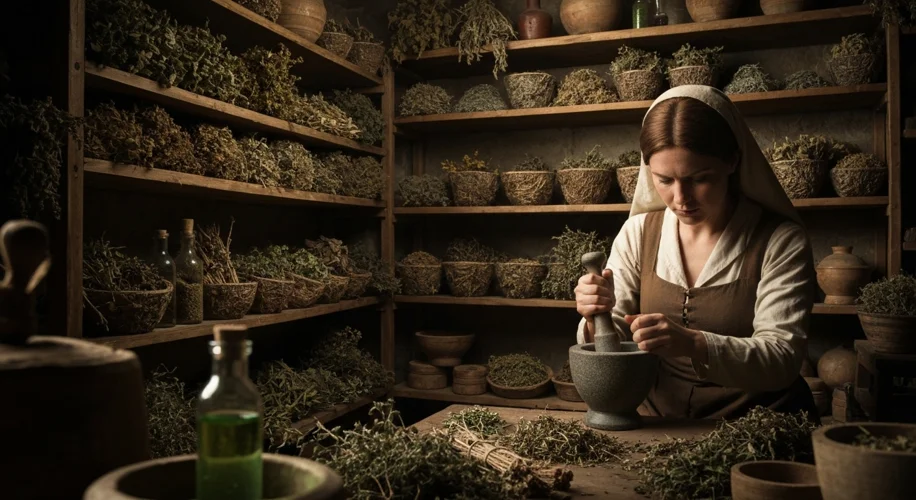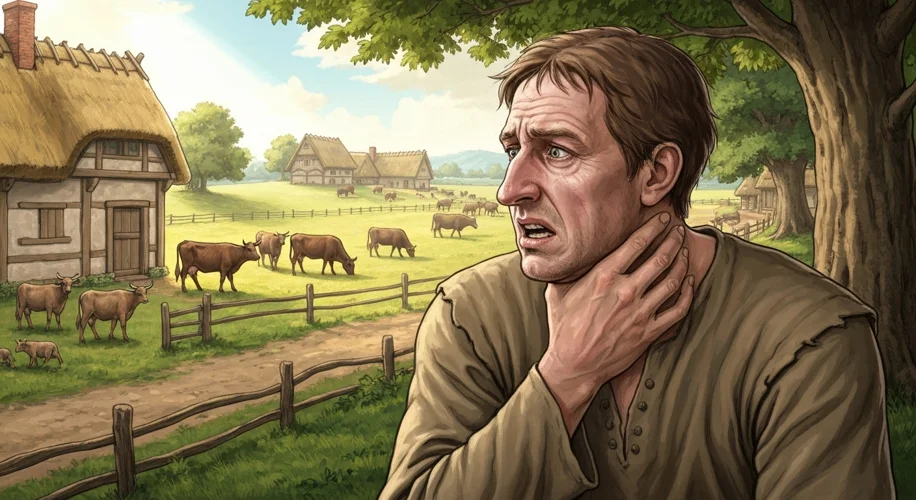Imagine a world where the very creatures that sustain life – the horse that pulls the plow, the cow that provides milk, the sheep that offers wool – could also be a source of profound suffering. For individuals in pre-modern societies, particularly those with livestock allergies, this wasn’t a matter of inconvenience; it was a daily battle for health and survival.
Life before the advent of modern medicine and allergy diagnostics was a constant negotiation with the environment. For those afflicted with sensitivities to common livestock, the risks were manifold. The pervasive presence of animals in agricultural societies meant that avoidance was often an impossible feat. The air in villages and farmsteads was thick with dander, the very essence of animal life that could trigger a cascade of miserable symptoms. We’re talking about more than just a sneeze or an itchy eye; reactions could range from debilitating respiratory distress to severe skin ailments, impacting a person’s ability to work, socialize, and thrive.

Consider the plight of a young woman in 14th-century England, raised in a farming community where sheep were central to the economy. Her family relied on the wool for trade and the meat for sustenance. Yet, from childhood, she suffered from a persistent cough and skin rashes whenever she neared the sheep pens. In an era before antihistamines or immunotherapy, her family’s strategies would have been born of necessity and observation. They might have kept her indoors during shearing season, or perhaps assigned her tasks that involved less direct contact with the animals, like tending a small kitchen garden away from the main livestock areas.
Horses, vital for transportation and warfare, presented another significant challenge. A medieval knight, whose status and profession depended on his mount, might find himself incapacitated by horse dander. Imagine the silent agony of a warrior, his breathing labored, his eyes watering, unable to train or ride into battle, all because of an allergy. His peers might view his condition with suspicion, perhaps attributing it to weakness or ill-fortune rather than a medical issue. This lack of understanding would have amplified the isolation and difficulty of managing such a condition.
Cattle, essential for meat, milk, and leather, posed similar threats. A farmer’s wife, responsible for milking the cows and processing their products, could face constant exposure. Her daily life, inextricably linked to the farm’s productivity, would be punctuated by allergic reactions. The pervasive smell of the byre, the feel of the coarse hair, the very dust stirred up by the animals – all potential triggers. Her resilience would be tested daily, relying on whatever remedies were available, perhaps poultices for skin irritations or herbal infusions for respiratory discomfort, with no guarantee of relief.
What were the potential strategies employed by those suffering from such allergies? While direct medical treatment was limited, people were resourceful. “Avoidance” was likely the primary, albeit difficult, strategy. This could involve physical separation from the animals, limiting exposure to barns, stables, and pastures. Those with means might have been able to employ others to perform the more hazardous tasks, or even relocate their living quarters further from the animals.
“Hygiene” would have played a role, though the understanding of germ theory was centuries away. Simple practices like washing hands and faces after contact, or keeping living spaces as clean as possible, might have offered some minimal relief. The use of herbal remedies, passed down through generations, was also common. Certain herbs were believed to have properties that could alleviate allergic symptoms, though their efficacy would have been highly variable.

Furthermore, societal roles and occupations might have inadvertently offered some protection. Individuals whose livelihoods kept them primarily indoors, such as scribes, certain artisans, or scholars, might have experienced less exposure compared to those directly involved in animal husbandry. However, even these individuals wouldn’t have been immune, as livestock were integral to the fabric of most pre-modern communities, and their presence was often unavoidable.
The long-term impact of such allergies on individuals and communities could have been significant. Chronic allergies could lead to malnutrition if certain food sources were inaccessible, weakened immune systems, and social isolation due to the inability to participate fully in community life. The psychological toll of living with constant discomfort and the fear of exacerbating one’s condition would also have been considerable.
Ultimately, coping with livestock allergies in pre-modern times was a testament to human resilience and adaptation in the face of formidable environmental challenges. It highlights a less-discussed aspect of historical life, reminding us that even in an era seemingly dominated by external struggles, individuals battled their own internal, invisible foes, often with little more than ingenuity and sheer willpower.

